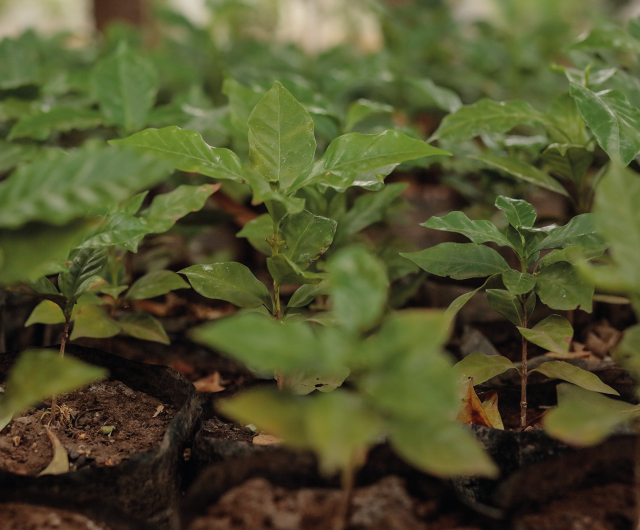
Coffee genetics: what you need to know
What do we really know about coffee genetics? The coffee we consume comes mainly from two species. Within each, there are dozens, even hundreds, of varieties. We take a look at the basics of coffee genetics.
3 main species
The Coffea genus contains 3 main species. In any case, these are the ones that have been marketed worldwide. Two of them dominate the market.
- Arabica, which accounts for around 65% of world production,
- Canephora, commonly known as Robusta, with 35% of world production.
- Liberica, whose production is too low and irregular to compete with the first 2.
Within these species, varieties
Arabica varieties
The first Arabica variety was recorded in the Netherlands and brought back from Yemen. It was called Typica. Typica was then planted on the island of Bourbon (Reunion Island). Then something strange happened: although genetically identical to the one found in Yemen, its production doubled. This Typica was named Bourbon.
Bourbon began to evolve again on the island. The kernel was longer and the shrub elongated, resembling a pine tree... a new variety was created and named Laurina, or Bourbon Pointu).
Typica was also planted in Timor. By studying the seeds from Typica plantations in Timor, it was discovered that the original variety had mutated and become more resistant to rust after mating with Canephora. This variety became known as the Timor Hybrid.
Natural Arabica hybrids
Genetic mutations in the seed that occur naturally, without human intervention, have been found all over the world. Examples include :
- Angustifolia
- Anomala
- Bourbon
- Calicanthema
- Maragogype (giant cherry)
- Mokka
- Xanthocarpa (yellow cherry)
Laboratory hybrids
All the other mutations not found in the wild were made in the laboratory, and easily number in the hundreds. Here are a few examples of laboratory hybrids produced worldwide:
- Pacamara, a cross between maragogype and paca
- Catimort, a cross between Timor hybrid and Caturra.
These few laboratory-created hybrids are now found, produced and consumed all over the world.
Did you like this article? Share it with your community:
